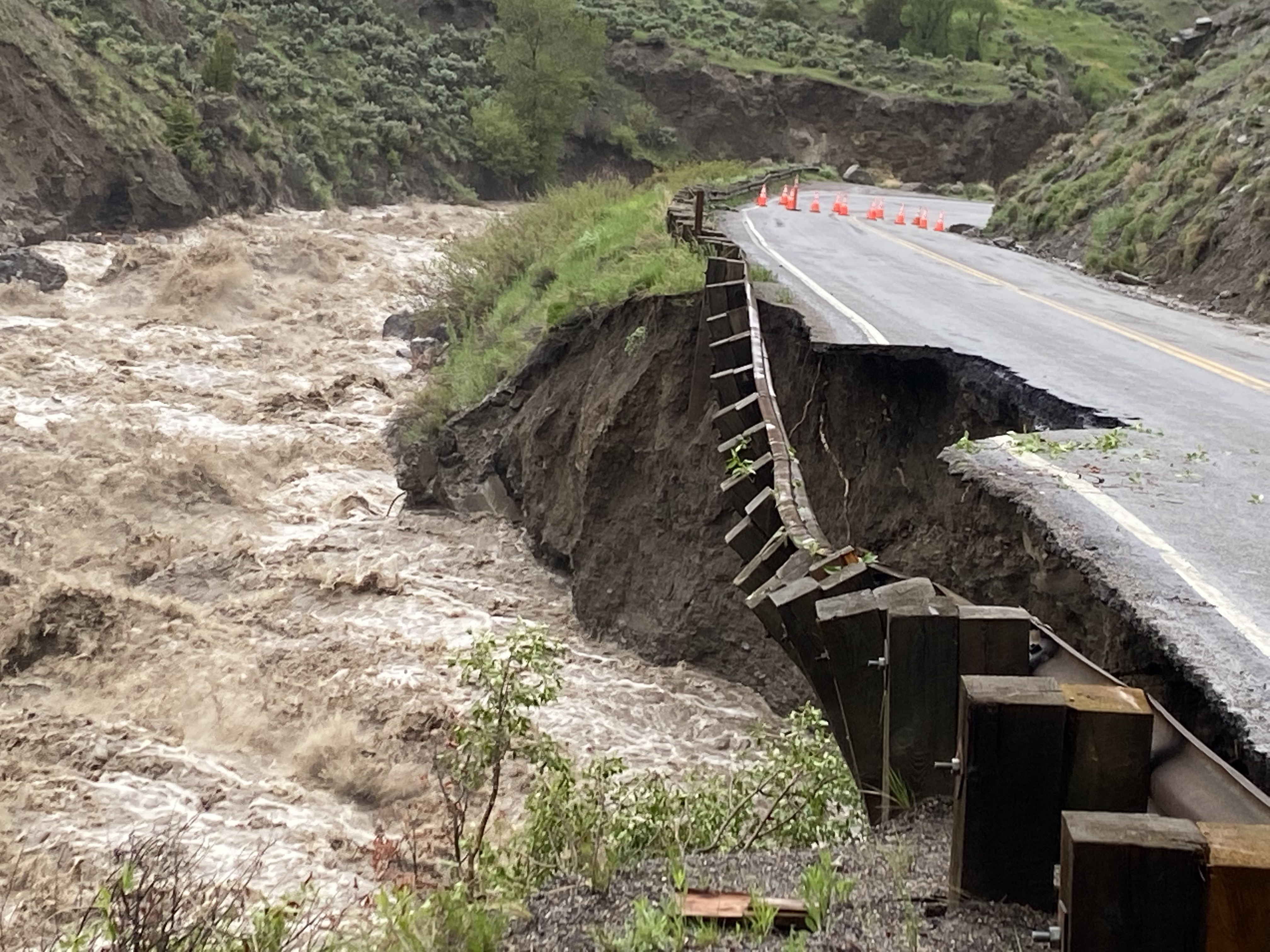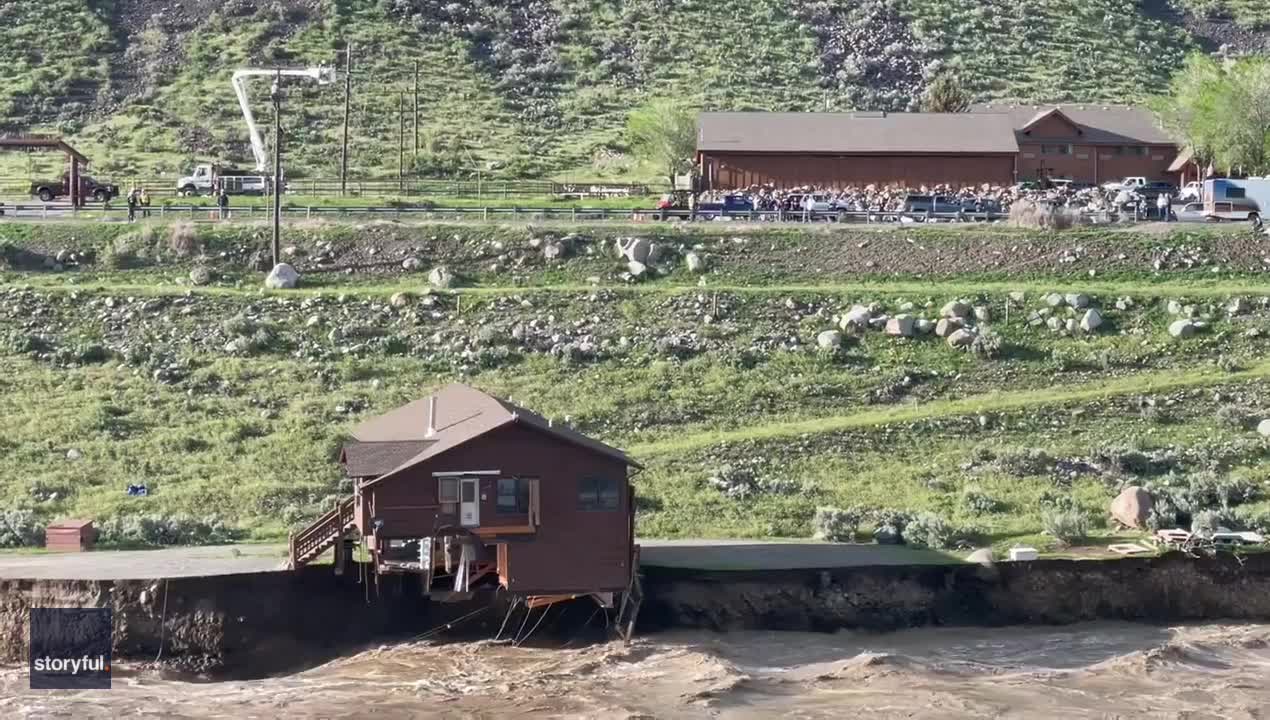Scope of catastrophic damage along Yellowstone River emerges as historic floodwaters recede
LIVINGSTON, Mont. - Floodwaters along the Yellowstone River in southwestern Montana are finally starting to recede Thursday. However, as water levels drop, the scope of the catastrophic damage is starting to emerge.
The historic flooding began over the weekend, and on Monday, the situation became so dire that the National Park Service was forced to close all entrances to Yellowstone National Park. Officials warned that the damage was so severe that some areas could remain closed well into the busy tourist season.
Floodwaters within the park washed away numerous roads and caused rockslides and mudslides that littered the magnificent landscape with debris.
Bridges were destroyed, and homes were swept away by the raging river, which at times sent 50,000 cubic feet of water per second rushing downstream.
INSURANCE WILL PLAY A MAJOR ROLE IN YELLOWSTONE RIVER FLOODING RECOVERY
It was believed that more than 10,000 people were inside Yellowstone National Park when the flooding began, and many people became stranded when the roads started washing away. Since Monday, the Montana National Guard said they had rescued 87 people from the floodwaters.
As of Thursday, there have been no reports of injuries or deaths due to the flooding.
The city of Billings, Montana, was forced to shut down its water plant because of the flooding and the city's drinking water supply was limited. In other areas, well water had also been compromised by the flooding.
But on Thursday mooring, the city of Billings announced the water plant was back to operating at full capacity and residents were told they could resume normal water use.
"River conditions at the water plant greatly improved overnight," the city said in a statement. "This morning the depth on the Yellowstone River is below 12 feet, a level the plant can manage. At this point, there are no signs we will have issues operating as we move forward."
The rushing water also destroyed an important entry point into Yellowstone National Park. U.S. Highway 89 follows the Yellowstone River from Livingston to the North Entrance to the park, and the NPS said several sections of the road have been destroyed and will take some time to rebuild.
'IT WAS JUST INSANE': HISTORIC FLOOD SWALLOWS HOUSING UNIT ALONG RAGING YELLOWSTONE RIVER
FOX Weather correspondent Max Gorden spoke with a father and son who were visiting the park. They said they were able to escape before U.S. 89 was washed away by the raging river. They said they felt very lucky that they were able to escape in time.
"It's a blessing. It's just a blessing," the father said. "We had no idea that it would turn out to be that calamitous."
Flood warnings that had been in effect for the Yellowstone River in Stillwater and Yellowstone counties have been canceled after water levels in the river began to quickly recede.
As they do, drivers are being advised to continue to heed all road closures and be on alert for damage to rural roads that may have been impacted by the flooding.
At its peak, the Yellowstone River at Billings reached at least 15.5 feet, although that level may actually be higher because the rushing water damaged an important river gauge.
The flood stage in that location is 13.5 feet, and as of Thursday morning, the water levels were recorded at 11.75 feet.
CLICK HERE TO GET THE FOX WEATHER UPDATE PODCAST
While Flood Warnings have been canceled for parts of the Yellowstone River, the NWS said they will continue for Treasure, Rosebud and Custer counties in Montana in areas that are unprotected by a levee.





